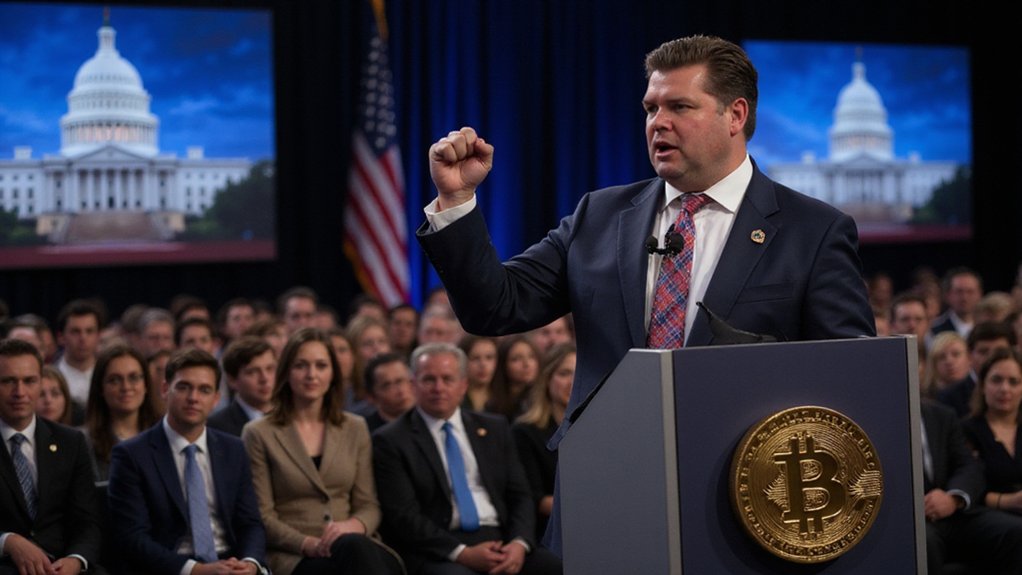The Senate’s passage of the GENIUS Act on June 17, 2025—a bipartisan 68-30 vote that somehow managed to unite lawmakers on cryptocurrency regulation when they can barely agree on lunch menus—represents the most significant federal legislative action on stablecoins to date.
The “Guiding and Establishing National Innovation for U.S. Stablecoins of 2025” now advances to the House, with White House staff expressing support for completion before the August recess.
The legislation establishes a thorough framework for payment stablecoins while strategically excluding the algorithmic variants that have proven as reliable as weather forecasts.
The Act mandates 100% backing through segregated fiat currencies or government securities, explicitly prohibiting the commingling of reserves—a provision that should surprise no one who witnessed the spectacular implosions of inadequately collateralized projects.
Three categories of permitted issuers emerge: subsidiaries of insured depository institutions, federal-qualified nonbank issuers regulated by the Office of the Comptroller of the Currency, and state-qualified entities. Stablecoin issuers are now classified as financial institutions specifically for anti-money laundering purposes under the new framework. The legislation incorporates comprehensive Bank Secrecy Act compliance requirements that extend existing financial crime prevention measures to the stablecoin sector.
The $10 billion threshold creates a regulatory demarcation line, with larger issuers falling under federal oversight while smaller operations remain subject to state regulation (provided state frameworks align substantially with federal standards).
Federal regulators face a mandated 120-day action period on applications, while existing issuers receive a 12-month safe harbor—generous terms considering the regulatory vacuum that previously existed.
Many state laws will require legislative updates to meet federal similarity standards, creating a compliance convergence that should reduce regulatory arbitrage opportunities.
Treasury projections estimate the U.S. dollar stablecoin market could expand nearly eightfold to $2 trillion over the coming decade, assuming this regulatory clarity translates into institutional confidence. This expansion could significantly impact international remittances, where stablecoins already enable cross-border transfers for pennies per transaction compared to traditional banking fees.
The legislation favors issuers capable of meeting compliance thresholds while potentially reshaping competitive dynamics in the sector.
Critics note the bill’s silence on illicit payment concerns and potential misuse for political bribery—oversight that seems curious given lawmakers’ typical enthusiasm for addressing such issues.
Nevertheless, the Act represents a pragmatic approach to cryptocurrency regulation that acknowledges stablecoins’ utility in addressing volatility while establishing meaningful guardrails for consumer protection.









